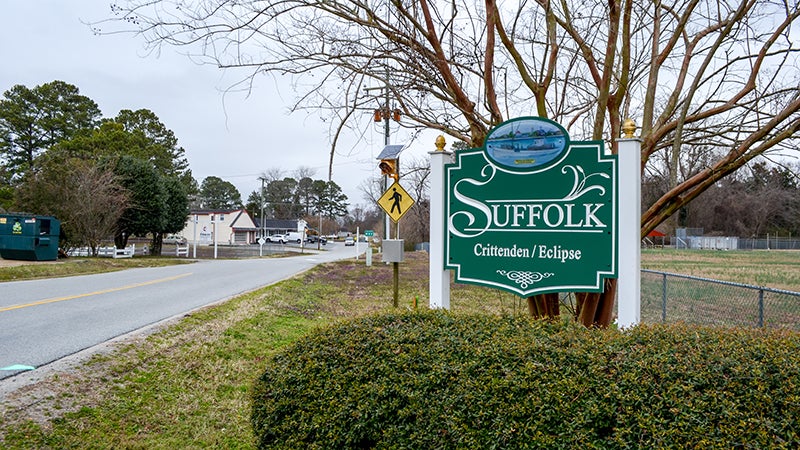Meeting to address creek pollution
Published 8:57 pm Monday, February 10, 2014
Editor’s Note: This meeting has been postponed because of inclement weather. A new date will be announced when it is set.
Residents, farmers and local government representatives are asked to attend a public meeting Wednesday to discuss the development of a pollution control plan for Chuckatuck and Brewers creeks.
John McLeod, a Total Maximum Daily Load watershed field coordinator with the Virginia Department of Environmental Quality, said an implementation plan would be developed for the North Suffolk and Isle of Wight County creeks’ TMDLs.
The Environmental Protection Agency defines TMDLs as calculations of the maximum amount of pollution waterways can receive and still meet water quality standards.
A TMDL study completed for the creeks in 2006 found bacteria levels above limits set out in the standards, and the federal Clean Water Act required TMDLs to be developed and implemented.
Potential bacteria sources identified in the study include “run-off from grazing livestock, agricultural practices, industrial waste, residential waste and pet waste.”
Public input would help craft the implementation plan, McLeod said, while any information offered may also allow the department to adjust the TMDLs.
The meeting at North Suffolk’s CE&H Ruritan Hall, 8881 Eclipse Drive, will start at 6:30 p.m.
“We’d love to draw as diverse a crowd as possible, because the whole purpose … is to outline a plan — what we are going to do to improve the water quality to meet state standards for preserving shellfish,” McLeod said.
“Doing so really requires us to manage what’s coming off the land into the water.”
The meeting will present findings of the TMDL study, and “we’ll go through a series of questions with individual work groups to check and make sure they agree with what’s in the TMDL,” McLeod said.
“We want to learn as much local information as we can to adjust our TMDLs according to what’s actually in the water.”
Historically, bacteria levels have intermittently closed sections of Chuckatuck and Brewers creeks, McLeod said, adding, “A lot of that has to do with weather patterns.”
His department’s goal, he said, is to “eliminate that fluctuation,” adding that he thinks the community shares this goal.
“These are the waters where they fish and the waters where they swim,” McLeod said. “This meeting is really about them. The important thing is to get the public involved.”
The meeting will discuss best land management practices specific to each group, he said. “We’ll talk about the specific things individual residents can do, individual farmers can do,” he said. “We bring that all together.”
Under the department’s timeframe, the TMDLs implementation plan would be completed by Dec. 2014, McLeod said. Actions are then implemented and monitored over five years, he added, during which time adjustments can also be made.
The department has just begun developing implementation plans after spending the past five to seven years developing Chesapeake Bay and local TMDLs, McLeod said.





